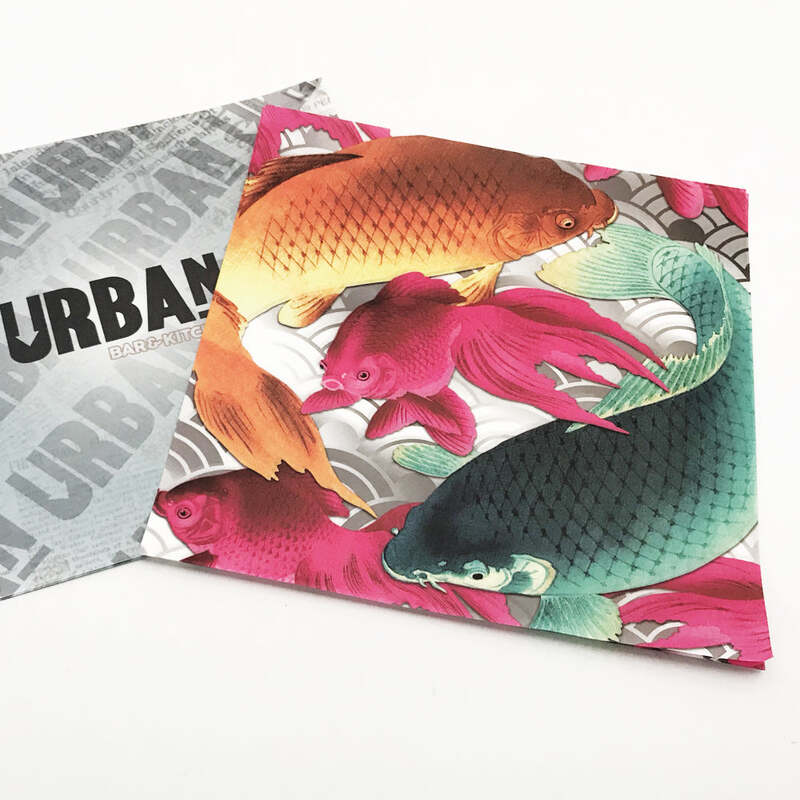

In the crowded marketplace, a product's packaging can be the deciding factor that sways a purchase decision. The design should be a clear reflection of the brand's essence, instantly recognizable and consistently aligned with the brand’s broader marketing messages. Using visually cohesive elements like logos, color schemes, and graphics ensures there is no dissonance between the product on the shelf and the brand's presence in the consumer's mind. Seasoned branding experts argue that successful packaging tells a story, effortlessly drawing consumers into the brand narrative. It should convey the brand’s unique story and promise, be it through minimalist design cues hinting at elegance or bold graphics illustrating innovation or adventure. This narrative not only differentiates the product but also authenticates the brand's promises. Trustworthiness Through Packaging Design Consumers increasingly prioritize transparency and trust. Packaging should clearly and honestly communicate the product’s benefits, features, and ingredients. Information must be accurately presented, helping consumers make informed decisions without feeling misled. Trust is built through transparency, which can be conveyed through clear labeling, interactive designs like QR codes for additional information, and testimonials or certifications prominently displayed. Furthermore, the integrity of packaging plays a crucial role in trustworthiness. It must be designed to withstand handling, transport, and storage conditions, ensuring that the product reaches consumers in perfect condition. Functional design elements such as tamper-evidence or resealable sections enhance the product's usability, reinforcing consumer trust in the brand. Conclusion Achieving the perfect balance in packaging design is a sophisticated process that combines practical knowledge of materials and technology with creative storytelling and strategic branding. By focusing on the consumer's journey from the moment they glimpse the product on the shelf to the experience of the product reveal, companies can craft packaging that not only protects and promotes their product but also builds a lasting emotional bond with their consumers. The future of packaging is dynamic and ever-evolving, but its core remains unchanged to captivate, protect, and tell a story that compels.



